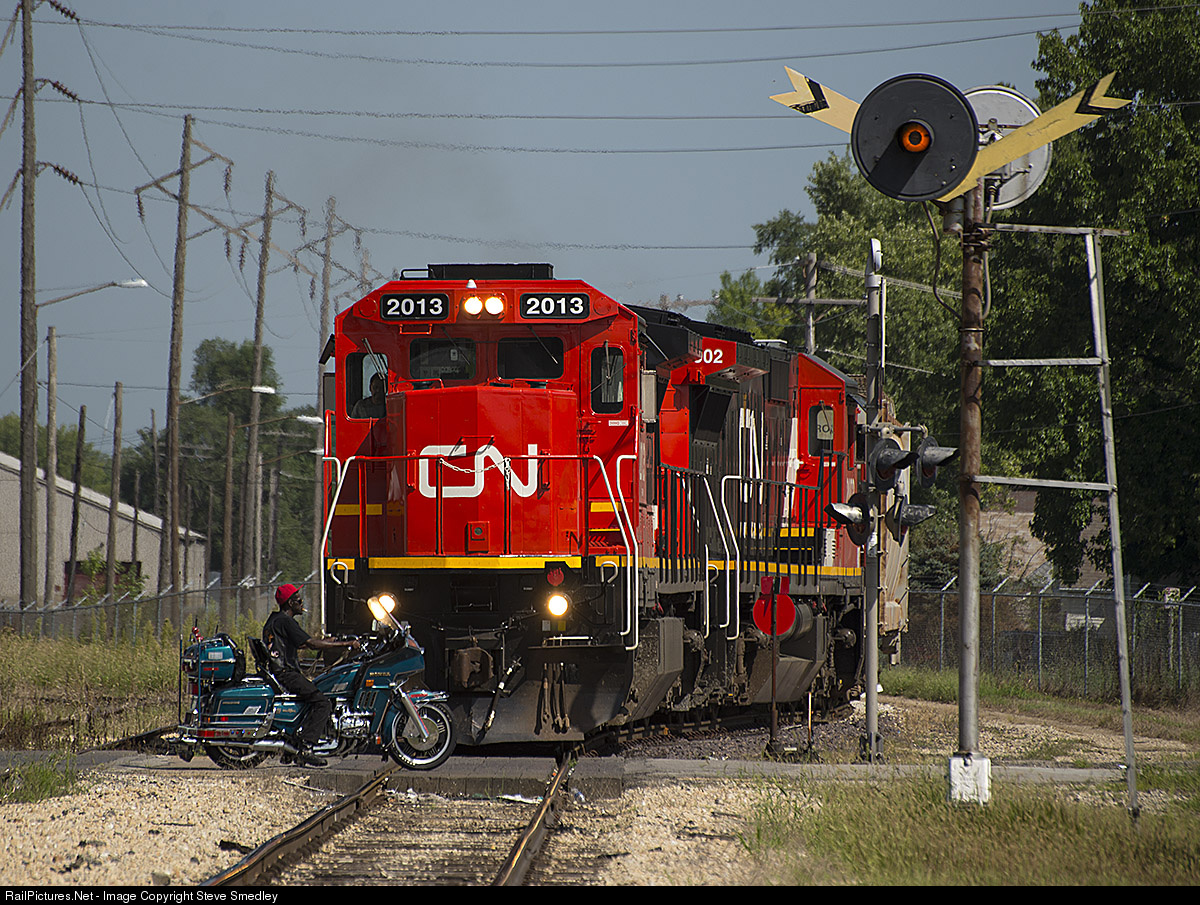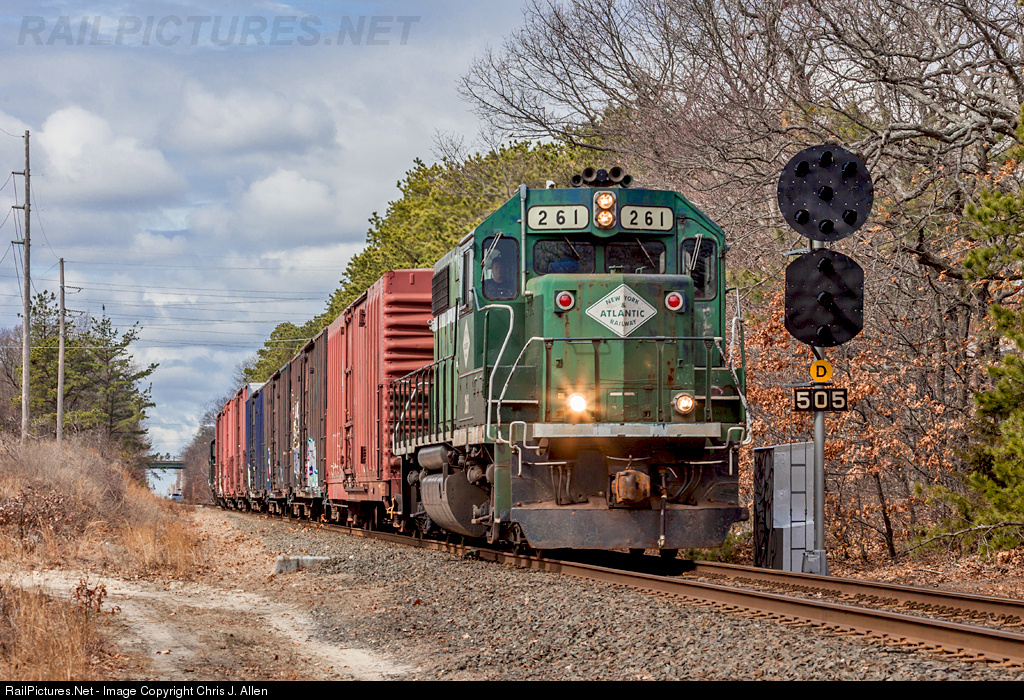 |
| This one picture pretty much captures the full gamut of fixed distants |
Sometimes a railroad is in the mood to inform trains approaching a absolute signal on otherwise unsignaled tracks about the condition of said signal Now I know some people might assume that if you want a train to approach an interlocking under signal control, just bang in an automatic block signal and Bob's your uncle. Well, they'd be right and this method remains a popular way for protecting interlocked junctions. Just stat your signaled a couple miles sooner with no need for any additional rules.
Of course the PRR had to be different and because they were one of the largest users of the Manual Block System, they incorporated that into their design of dynamic distant signals. Here we see a surviving example on the LIRR that supports a Clear, Approach Medium, Approach and "Caution" (upper head \ ). PRR's Caution signal is basically Manual Block Approach with the distinction being that trains also have to approach any switch protected by the signal prepared to stop. Because the Manual Block protection would negate the risk of another train on the line, there is no need for a Stop and Proceed aspect. However if a switch has been opened to break the track circuit then Caution provides the necessary warning.
 |
| Kinda looks like a flower on a stick |
 |
| Distant to CP-WOODBURY on the Vineland Secondary |
The one on the Penns Grove Secondary, seen above, is actually being replaced by a CTC project of all things so I guess what's old (the track circuit block) is new again.
Anyway,this sequence of photos have been designed to lead you on a visual journey from the fixed and ABS distants of "other" railroads, to the PRR style of fully featured Manual Block distants and finally to their Conrail color light replacement. The point of the journey is to show how the PRR's Manual Block heritage has lived on into the modern era and if these photos don't convince you, compare the Conrail distants to this little example.
As you can see, they are quite clearly a vestige of Manual Block in a CTC world.



Thank you for posting this little bit about manual blocks and South Jersey's Conrail lines. I grew up there and still miss Big Blue and the PRR position lights along the Bordentown Secondary and Beesley Point Secondary as well as the other lines in the area. This blog has taught me alot about signals and railroad infrastructure. Thanks.
ReplyDeleteThanks! Glad you found it interesting.
Delete